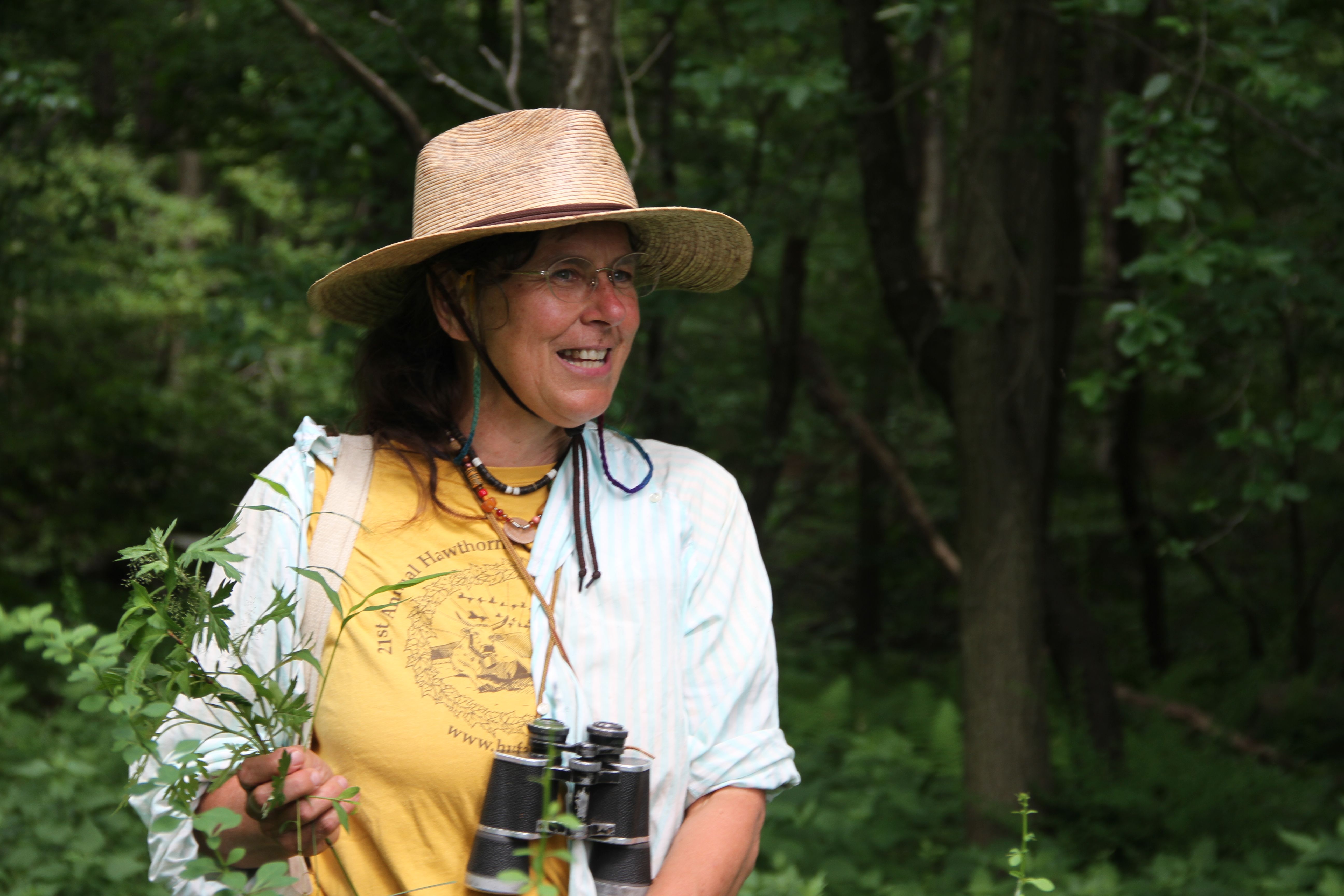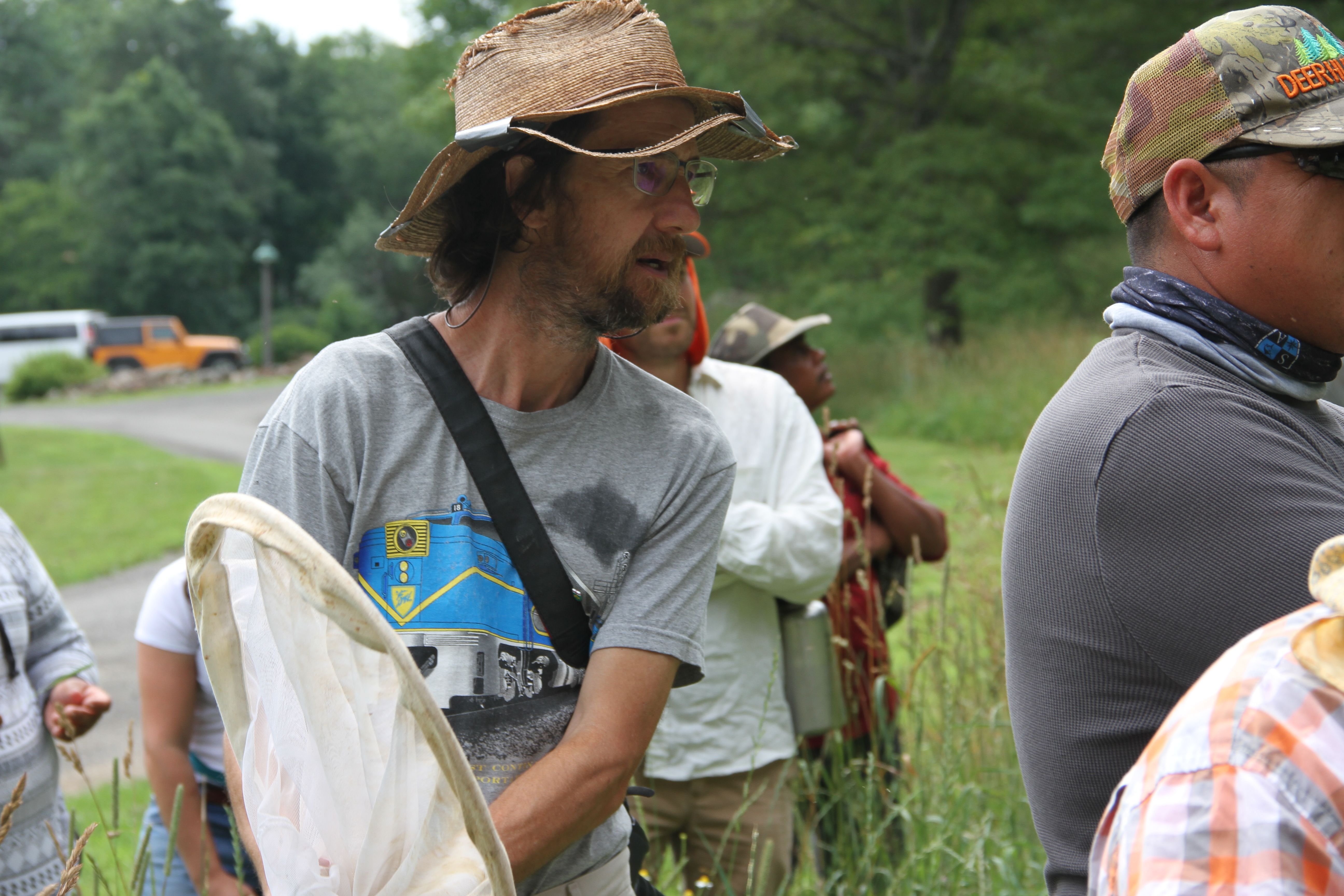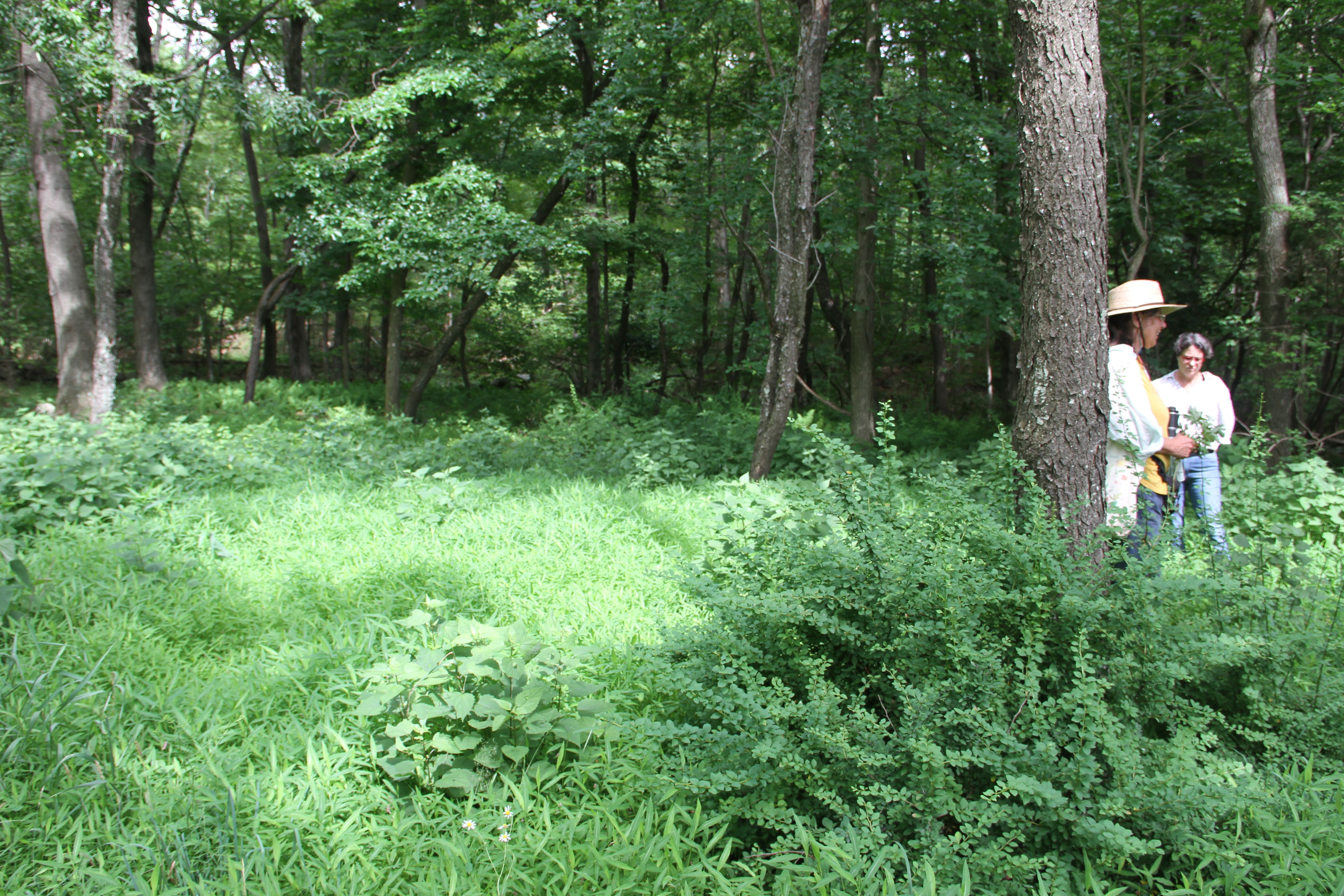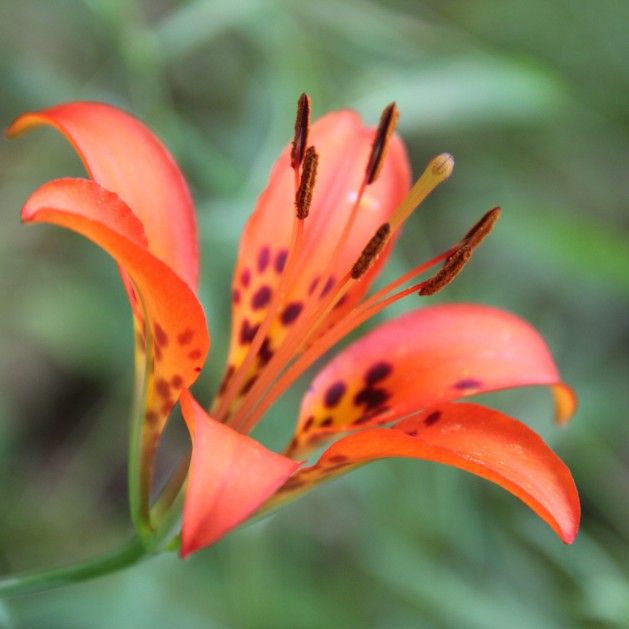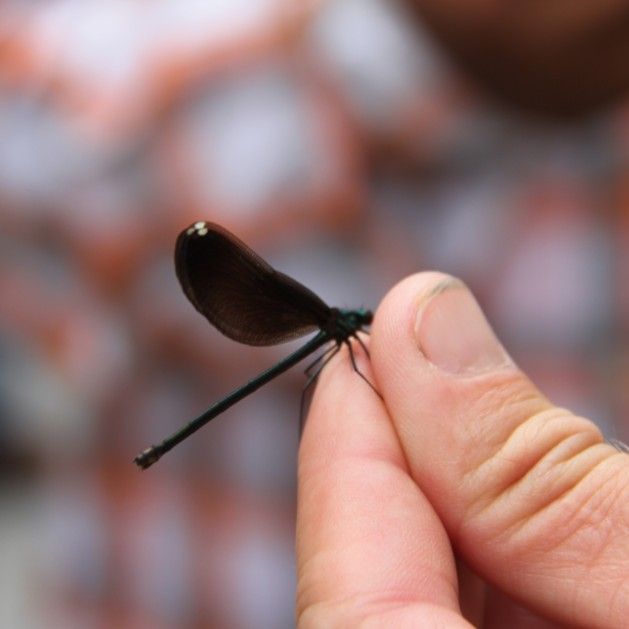Ecological Laser Show: Catching up with Farmscape Ecology
by Dave Llewellyn, Glynwood
We are grateful stewards of a fascinating property here at Glynwood. We frequently engage our collaborators to help us understand the intersections between nature and our agricultural practices, and were richly rewarded in a recent exchange with the Farmscape Ecology Program, based out of Hawthorne Valley Farm (Ghent, NY).
Ten years ago, Glynwood engaged the Farmscape Ecology Program team to complete a biological survey of this farm. The Farmscape Ecology Program (FEP) was founded in 2003 to “encourage an informed compassion for place through research and outreach.” The original biological survey of Glynwood completed by FEP in 2007 has been an important reference for Glynwood staff as we’ve considered land use decisions in the intervening ten years. Now, given the significant increase in agricultural activity on the property over that timeframe, we wanted to see what has changed. Enter FEP’s Claudia Knab-Vispo and Conrad Vispo -- botanist and wildlife ecologist, respectively -- to refresh the biological survey of the property.
Claudia and Conrad spent significant time on the property at the end last month making field observations; then on Friday, July 6th they presented to our staff, apprentices and guests about FEP, agroecology and the results of their recent biological field observations. The day was capped by a tour highlighting their findings -- a veritable ‘Ecological Laser Show’.
Conrad set the context, reminding us that we are “exploring the potential synergies between farming and nature.” He stressed that the the diversity we have on the farm matters, and encouraged us to “go with what fits and examine what is working well with beneficial plants and insects on the farm.” Claudia briefed the audience on what FEP learned ten years ago and what has changed since. She shared key observations on invasive plants to target for control or management. Claudia noted one significant change on the landscape: a reduction in total acreage in taller grassland. This has resulted from an increase in sheep grazing -- a species that grazes low on forage plants -- and increased vegetable production. Some of the invasive plants Claudia recommended for control (those in manageable populations) include Tree of Heaven, Japanese honeysuckle and black swallow wort.
The multiflora rose population has remained the same due to pressure from our goat herd. The recent presence of the rosette virus on the multiflora rose suggests that we may see the plant decline on its own, over the coming years. Claudia suggested that we count bird nests in the multiflora rose in the fall, as the plants are a significant shrubland habitat for fifteen species of birds, many of which are species in decline in our region. It was also recommended that we reach out to the Department of Environmental Conservation to learn if our site hosts New England cottontail rabbits, a threatened species that requires a shrubland habitat.
As we stepped outside for a site walk, Glynwood staff and apprentices were joined by guests from the Farm Hub, Northeast Farmland Access (NEFA) and Yale’s School of Forestry and Environmental Studies.
We visited a forest edge, previously thinned to allow us to manage pigs in the woods. While the pigs loved the shade, their residency disturbed a lot of soil, which allowed for undesirable species such as Stinking Chamomile, Japanese Stiltgrass and White Snakeroot - the latter a native plant that contains a toxin that ruminants can pass on through meat or milk. (Don’t worry -- we aren’t grazing where it is present!) This particular forest edge featured numerous black gum trees, unusual in this location because they prefer a different environment, which suggests they may have been planted here long ago. This forested area also includes numerous ash trees, a species on the verge of extinction in the Northeast due to the Emerald Ash Borer, so we can expect the forest canopy to open further. Claudia stopped us to admire sassafras and a stunning wood lily, and led us to a wetland on the farm where she found Shining Ladies Tresses, an orchid species rare in this part of New York.
The abundant milkweed population was noted, an important habitat for Monarch butterflies, but also a potential hazard for insects that forage and can get caught in the milkweed’s pollen trap. Conrad found an Ebony Jewel Wing dragonfly by Jordan Pond for the group to admire, and used a net to catch examples of beneficials like the hover fly and parasitic wasp.
When we arrived at the Clove Creek streambed, Conrad noted that spring ephemerals (those earliest blooming wildflowers) host beneficial insects that will often be later found in our crops.
The exchange with the Farmscape Ecology Program was a wonderful educational moment for everyone involved and their findings will inform our land use strategy at Glynwood. We look forward to a follow up report and plan to establish monitoring points on the property for many of the species and areas of concerns.
--Dave Llewellyn is Glynwood’s Director of Farm Stewardship


